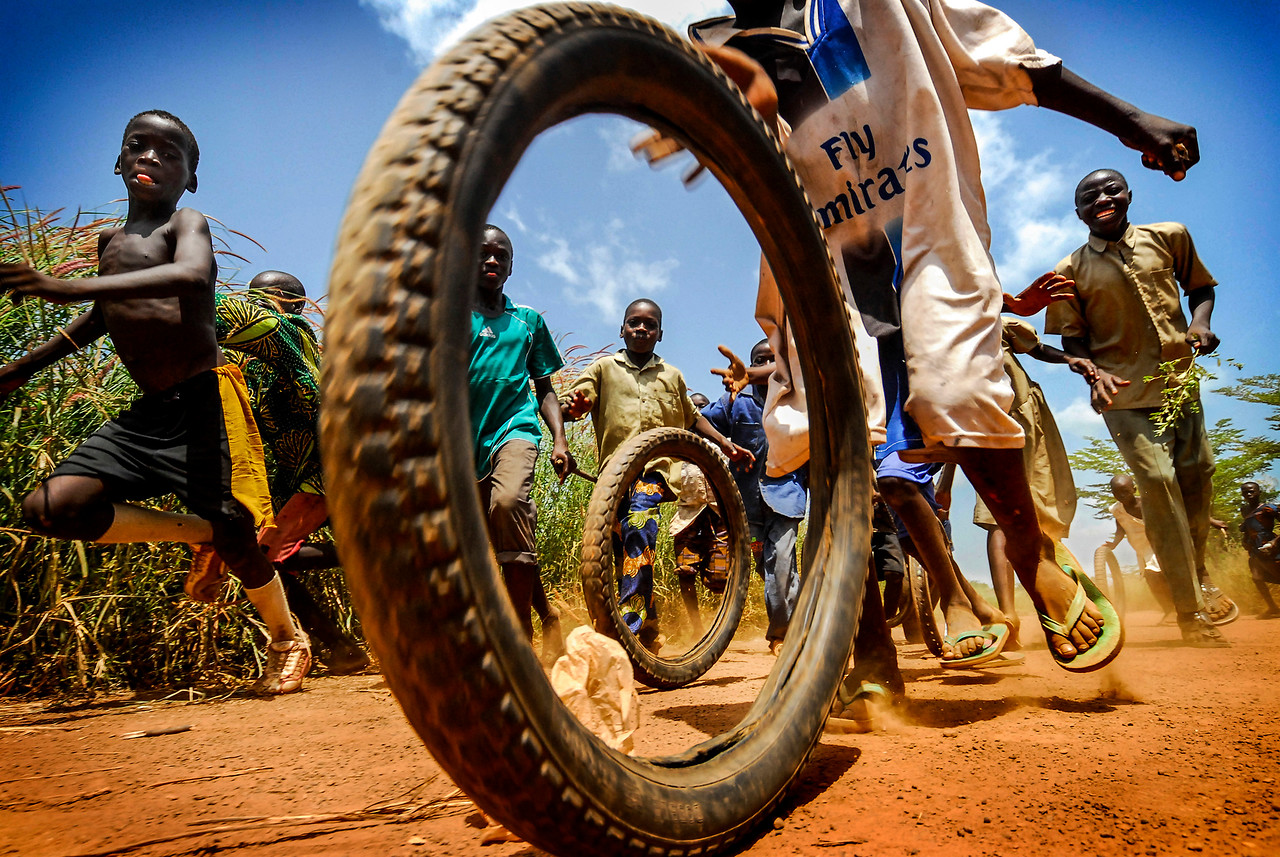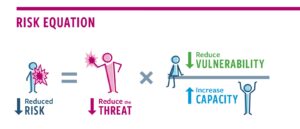
Have questions? We have answers. Below you’ll find answers to our most commonly asked questions.
QUESTIONS? WE HAVE ANSWERS! Expand All
Results-Based Protection (RBP) is a problem-solving approach used to address complexity and the ever-changing environment that surrounds protection issues in humanitarian action. It’s an approach which aims for results—results which are a reduction in actual risk that people face. Since 2012, InterAction’s RBP program has sought to understand, develop, and promote results-based approaches to protection. The initiative was born out of a general concern that the impact of humanitarian action aimed at reducing risk, could not be measured.
LEARN MOREIn humanitarian crises, protection is commonly defined as defined as ‘freedom from violence, coercion, and deliberate deprivation’. In more formal terms it is “… all activities aimed at obtaining full respect for the rights of the individual in accordance with the letter and the spirit of the relevant bodies of law.”
LEARN MOREA protection outcome is a reduction of risk for people affected by crises. In this case, “risk” is people’s exposure to all forms of violence, coercion, and deliberate deprivation (InterAction 2020).
LEARN MOREThree key elements have been identified and validated by the humanitarian community as essential for achieving protection outcomes. These key elements help us make informed decisions about how to mitigate threats, reduce vulnerabilities, and enhance capacities in a timely manner. They help us respond to conflict dynamics in real-time by fostering adaptable and flexible ways of working and encouraging the use of methods that are better suited for complex issues, like protection. The three key elements are 1) Continuous-Context Specific Analysis, 2) Multi-Disciplinary Strategies, and 3) Outcome-Oriented Methods.
LEARN MOREIn Results-Based Protection, results refers to the intermediary change needed to bring about a protection outcome. A result is a change in behavior, attitudes, policies, knowledge, and practice in the threat, in the vulnerability to a threat, and in the capacity to overcome a threat (i.e., the components of risk). These intermediate results, when combined, lead to comprehensive risk reduction (that is, the protection outcome).
LEARN MORE Results are the changes seen in each component of the risk equation (Risk= Threat x Vulnerability/Capacity). For example, if a non-State armed actor changes its behavior to stop recruiting adolescent boys out of school, this would be a change in the behavior or practice of the threat component of the risk equation. If families start sending boys to work abroad to avoid recruitment, this would be a change in behavior of the capacity component of the risk equation. The risk equation offers humanitarians a simple, but powerful tool to both analyze protection issues and measure changes in patterns of risk.
Results are the changes seen in each component of the risk equation (Risk= Threat x Vulnerability/Capacity). For example, if a non-State armed actor changes its behavior to stop recruiting adolescent boys out of school, this would be a change in the behavior or practice of the threat component of the risk equation. If families start sending boys to work abroad to avoid recruitment, this would be a change in behavior of the capacity component of the risk equation. The risk equation offers humanitarians a simple, but powerful tool to both analyze protection issues and measure changes in patterns of risk.
Results-based management is a management strategy based on learning and accountability. It uses a cyclical approach to help actors achieve their strategic goals in terms of design, resourcing, and delivery of programs and activities. Results-Based Protection is a problem-solving approach used to address the complexity of protection issues with the aim of reducing risk (that is, protection outcomes). The key elements of RBP make up the framework for achieving protection outcomes.
RBP is a problem-solving approach used to address complex issues/problems like protection. The Global Protection Cluster (GPC) is a structure within the humanitarian architecture that supports both global and field-based coordination for protection. RBP can be used by both the GPC and field clusters when undertaking analysis, strategic planning, engaging other actors, advocacy initiatives, and building capacity. The key elements of RBP are reflected in the IASC Principals Statement on the Centrality of Protection in Humanitarian Action as well the IASC Policy on Protection in Humanitarian Action, and the Global Protection Cluster Guidance on HCT Protection Strategies which seek to operationalize the centrality of protection.
The GBV PEF is a set of guiding approaches aimed at helping practitioners make better decisions in their analysis, program design, and measurement, such that GBV prevention outcomes can ultimately be evaluated. It has been built on the foundation of the Results-Based Protection framework developed by InterAction and endorsed by a broad set of humanitarian actors, including international non-governmental organizations, ICRC, and international organizations.
LEARN MOREIf you would like to participate in the pilot program of the GBV PEF, please reach out to Jessica Lenz (jlenz@interaction.org), Senior Technical Advisor, Protection.
LEARN MOREIf you would like to join the GBV PEF Community of Practice, a place to share, learn, and ask questions as it relates to using results-based approaches for GBV prevention please contact Jessica Lenz (jlenz@interaction.org), Senior Technical Advisor, Protection.
LEARN MOREWe encourage you to share your experience using results-based methods to support protection outcomes. If you have a story, case study, or materials such as a tool, report, or an approach, please visit the button below.
LEARN MOREWhile InterAction has helped to lead an inter-agency effort to shift how the humanitarian community understands and aims to achieve protection outcomes, RBP is not “owned” by InterAction. This is an approach that was collaboratively developed by a range of organizations and can be adopted by any organization with a desire to achieve a protection outcome. InterAction provides a convening and facilitative role in supporting and promoting the adoption of results-based approaches to protection.
InterAction does not provide training through its core activities, although we do support organizations through field-based workshops and inter-agency roundtables, an online library of resources and materials, and we encourage dialogue on the use of results-based approaches through our webinars and learning events. Additionally, we produce frameworks such as the results-based Gender-Based Violence Prevention Framework (GBV PEF) to help organizations seeking to reduce the risk of GBV occurring within humanitarian settings.
Visit the Events page to see upcoming RBP-related events.
LEARN MOREIf you are interested in learning more about results-based approaches to protection, click the link below to contact our team. Additionally, you can also sign up to receive our regular RBP Digest.
LEARN MORE